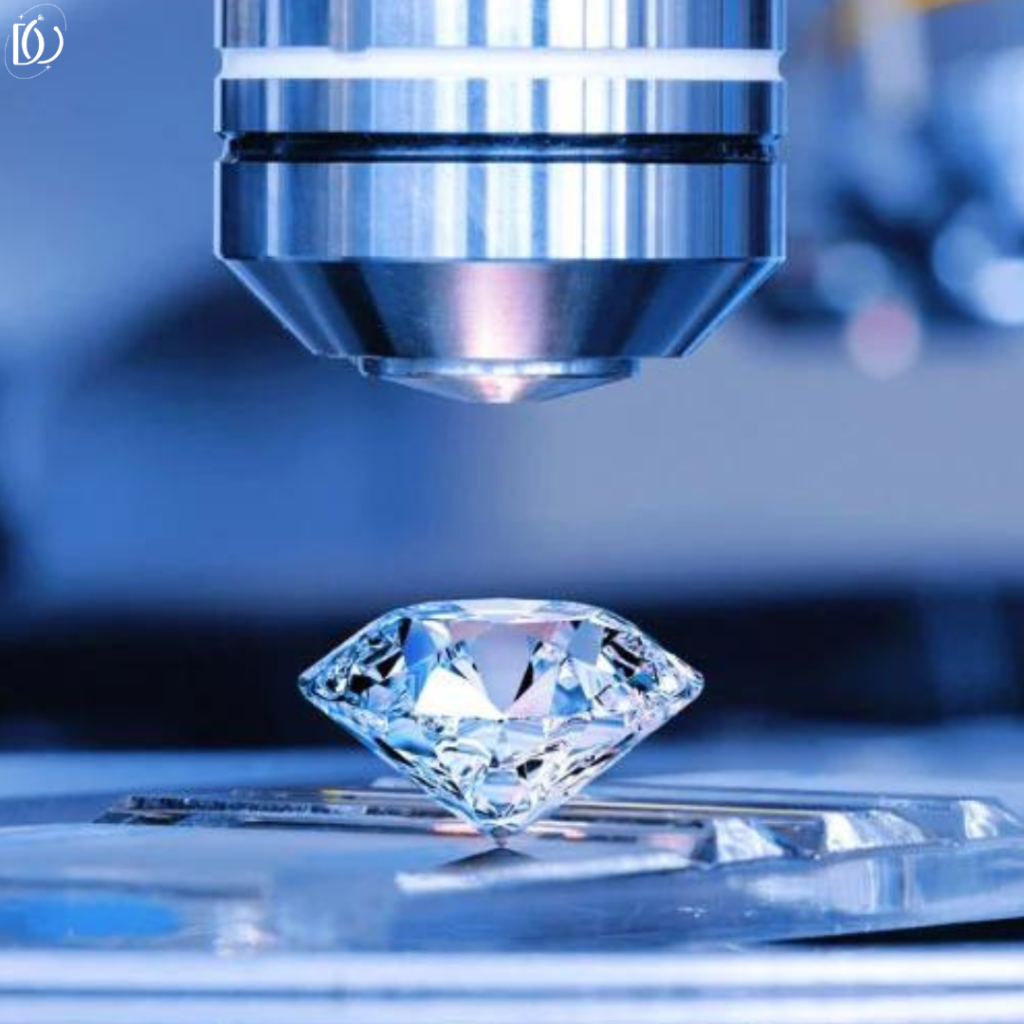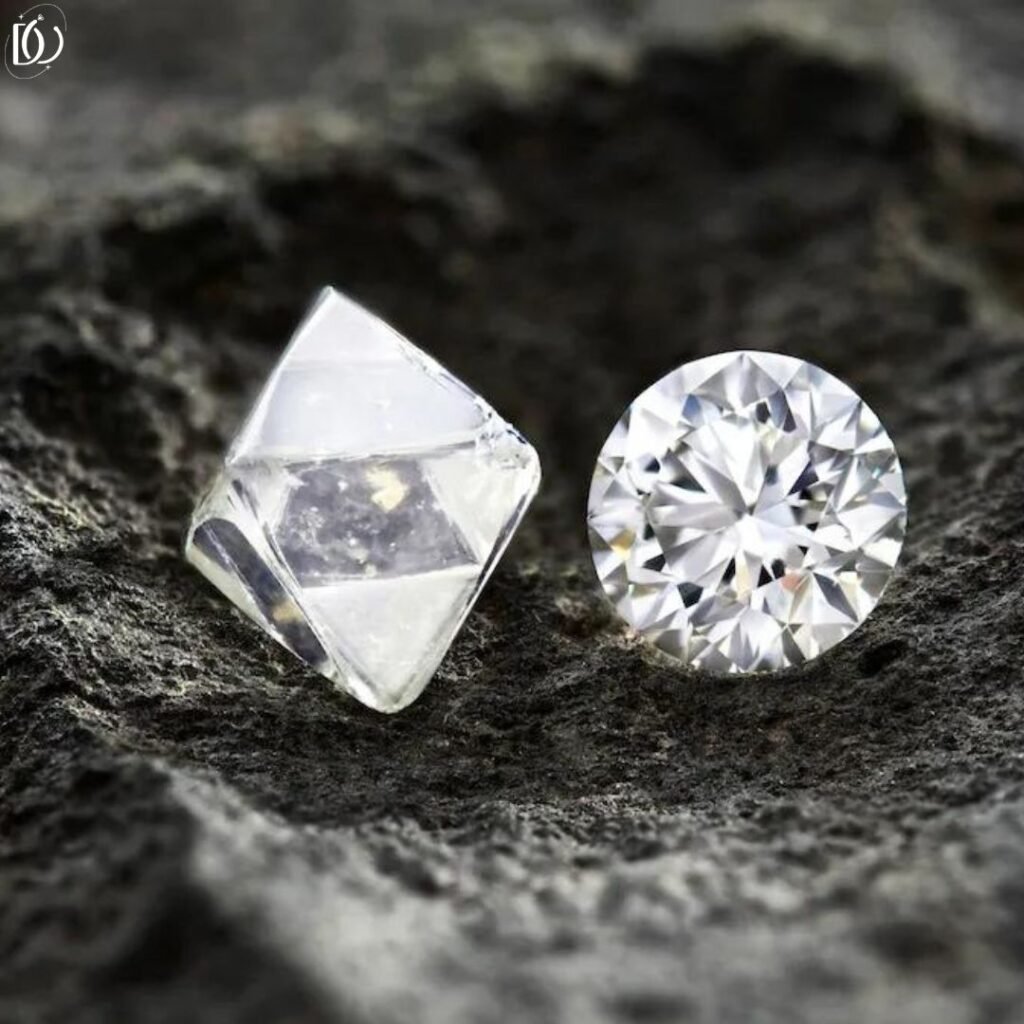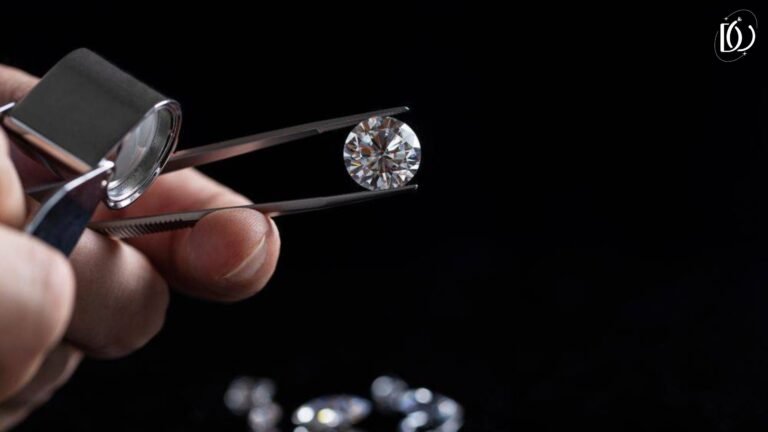In recent years, the diamond industry has witnessed a revolutionary shift with the emergence of lab-grown diamonds. These diamonds, also known as synthetic or cultured diamonds, are created through advanced technological processes in a laboratory setting, as opposed to being extracted from the earth through traditional mining. This innovative approach not only transforms the diamond market but also holds significant promise for environmental sustainability and ethical considerations.
I. The Environmental Impact of Traditional Diamond Mining:
A. Ecological Disturbances:
Traditional diamond mining often involves large-scale excavation, leading to substantial ecological disturbances. The process of extracting diamonds from the earth can result in deforestation, habitat destruction, and soil erosion, negatively impacting local ecosystems.
B. Carbon Footprint:
The carbon footprint associated with traditional diamond mining is another pressing concern. Mines require substantial energy for extraction, transportation, and processing, contributing to greenhouse gas emissions. Lab-grown diamonds, on the other hand, offer a more environmentally friendly alternative.

II. Lab-Grown Diamonds and Environmental Sustainability:

A. Reduced Environmental Footprint:
One of the most significant advantages of lab-grown diamonds is their minimal environmental impact. The production of these diamonds typically requires less energy and water compared to traditional mining. The controlled laboratory environment also eliminates the need for extensive land use and prevents habitat disruption.
B. Energy Efficiency:
Lab-grown diamond production is often more energy-efficient than traditional mining. Advances in technology have allowed for more precise control over the diamond-growing process, reducing the overall energy consumption. Some labs even use renewable energy sources, further enhancing the sustainability of lab-grown diamonds.
III. Ethical Considerations and Social Responsibility:
A. Conflict-Free Diamonds:
Traditional diamonds have been associated with the issue of conflict diamonds, also known as “blood diamonds.” These diamonds are sourced from regions where the profits fund armed conflict, often leading to human rights abuses. Lab-grown diamonds, being free from such ethical concerns, offer consumers a guilt-free alternative.
B. Fair Labor Practices:
Diamond mining, particularly in developing countries, has been linked to poor labor conditions and exploitation. Lab-grown diamonds, produced in controlled environments, provide an opportunity for the industry to uphold fair labor practices, ensuring a more socially responsible supply chain.

IV. The Technological Marvel of Lab-Grown Diamonds:

A. High-Quality Standards:
Advancements in diamond-growing technology have enabled the production of high-quality diamonds that are virtually indistinguishable from their natural counterparts. These diamonds exhibit the same physical, chemical, and optical characteristics as mined diamonds, meeting the stringent standards set by the industry.
B. Customization and Innovation:
Lab-grown diamonds allow for unprecedented customization and innovation in the jewelry industry. Manufacturers can produce diamonds of various shapes, sizes, and colors, catering to diverse consumer preferences. This flexibility opens up new possibilities for designers and consumers alike.
V. Consumer Awareness and Acceptance:
A. Changing Perspectives:
As consumers become more environmentally and socially conscious, there has been a noticeable shift in preferences towards sustainable and ethical products. Lab-grown diamonds align with these values, attracting a growing segment of the market that seeks responsible alternatives to traditional mined diamonds.
B. Market Growth and Accessibility:
The lab-grown diamond market has experienced significant growth in recent years, driven by increased awareness and acceptance among consumers. As technology continues to improve, production costs decrease, making lab-grown diamonds more accessible and competitive in the jewelry market.

VI. Challenges and Future Prospects:

A. Public Perception:
Despite the many benefits of lab-grown diamonds, some challenges remain, including perceptions that they lack the rarity and mystique associated with natural diamonds. However, education campaigns and transparent communication about the sustainability and ethical aspects of lab-grown diamonds can help address these concerns.
B. Technological Advancements:
Ongoing research and development in diamond-growing technology hold the potential to further enhance the efficiency and sustainability of lab-grown diamond production. Continued innovation will likely contribute to overcoming existing challenges and solidifying lab-grown diamonds as a mainstream and eco-friendly choice.
Lab-grown diamonds represent a shining beacon of sustainability in the jewelry industry. With their minimal environmental impact, ethical production methods, and technological advancements, these diamonds are paving the way for a more responsible and eco-friendly future. As consumer awareness continues to grow, lab-grown diamonds are poised to become a mainstream choice, redefining the landscape of the diamond market for generations to come.

